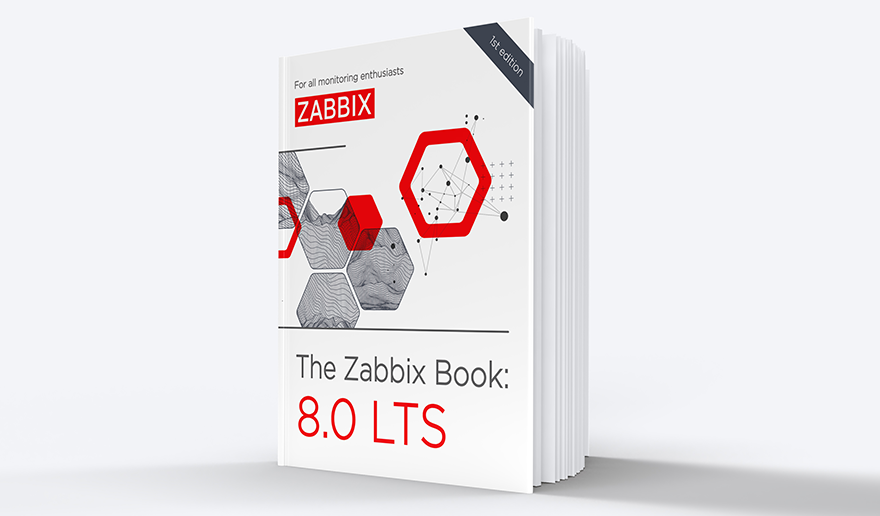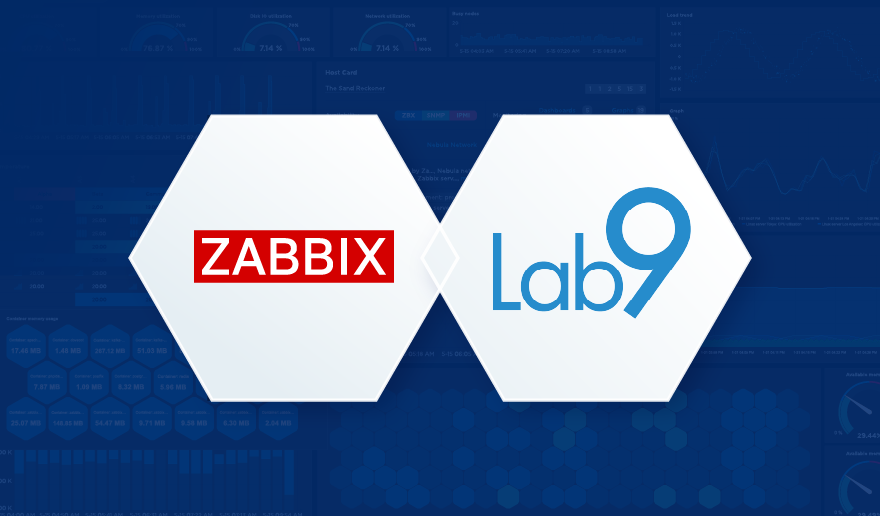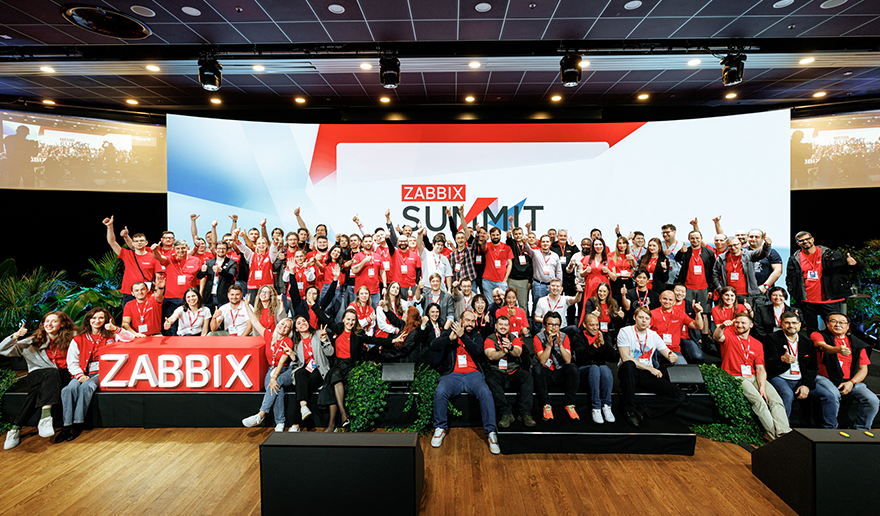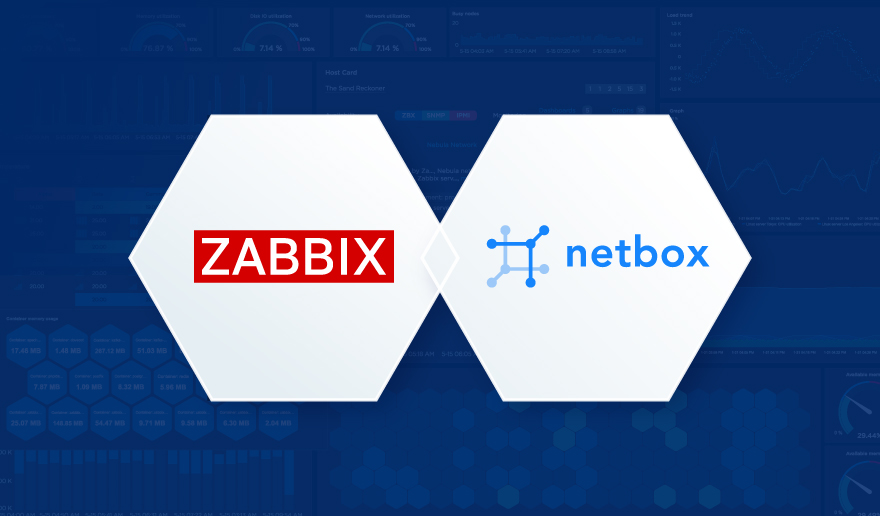Zabbix chief trainer – Kaspars Mednis – is working on new training program development, teaching hundreds of students a year, and practicing Zabbix all ways around.
We wanted to find out Kaspars professional advice on mastering Zabbix and asked to reveal the topic he will speak about on Zabbix Summit Online 2020.
You are one of the most experienced of Zabbix trainers. How long have you been in our team, and when was the first time you saw Zabbix as software in action?
I’m working as a Zabbix employee for the last three years only, but I have a long experience with Zabbix as a monitoring tool – since version 1.6, which was released around 2008 if I remember correctly.
It was introduced as an innovative monitoring solution in the company where I was working as a network administrator, and in the next five years to be monitored by Zabbix become the requirement for every major software system.
I have worked with every Zabbix release since then and had an opportunity to grow my knowledge of Zabbix together with the product offering new features with every release.
What were the primary sources you learned Zabbix? What can you suggest for Zabbix newcomers to start?
I started just playing around with a web interface by adding new hosts and collecting required metrics.
It looked like a very simple software unless sometime after the release of Zabbix 2.0, I discovered that I was doing a lot of things completely wrong – without using LLD (low-level discovery) rules and templates properly, together with a lot of other problems in the design of my hosts.
In that stage, Zabbix was still a pretty small system, and it took maybe a week or two to redesign everything. Since then, Zabbix official documentation has become my primary source of knowledge on how to do things most efficiently. Attending Zabbix conferences also helped a lot. Today the situation is much easier – if you are a total newcomer, you can install our software just by downloading an appliance and then grow your knowledge by attending our weekly webinars, watching our Zabbix series on YouTube, or reading our blog posts. The more you will play around with Zabbix, the better expert you will become.
And of course – if you want to become a Zabbix professional in an extremely short time spending just a couple of weeks, you can attend our professional training courses and get the best knowledge from our Zabbix experts.
We all know that open source projects are driven thanks to the community resources. Do you use your peers’ suggestions, advice on how to better deal with Zabbix?
The community is more affecting the development of Zabbix by sharing new ideas or giving feedback on new features. But there are also a lot of community-made blog-posts and forum discussions, where I am finding new ways how to monitor some software or hardware system. Zabbix training covers very large and complex areas, starting from simple service availability monitoring and continuing with a lot more complex things like SNMP, ODBC, Docker, and others. It is merely impossible to find the best approach to every solution without using community resources.
I know that each new Zabbix release brings a lot of new features, and I am amazed at how the Zabbix community finds creative ways how to use these. I love listening to real-life stories during Zabbix Summit or conferences from our users.
Making your knowledge up from Zabbix User to a Zabbix trainer is a journey full of challenges and failures, but at the end – hopefully with new revelations. How many years did it take for you to become a Zabbix trainer, and what you suggest for other Zabbix experts who are dreaming of becoming a Zabbix trainer?
Well, I become a certified Zabbix trainer in just six months from the moment I started working in Zabbix. Still, it was a very long ten-year journey working as a Zabbix administrator and overlooking network infrastructure. I started with very simple things like deploying agents and monitoring SNMP devices, then I improved templates to avoid false alerts and tuned the thresholds. Once that was done, I moved to monitor databases, critical business applications, VMware, and other things. The next step was challenging myself – when new software or device arrived, and the initial configuration was done, I immediately started to find the best approach on how to monitor it with Zabbix. Sometimes I was just looking around – what else can be monitored by Zabbix, or can I use some cool functionality offered out-of-box which is currently not in use? As a result, I got massive experience with monitoring a different kind of devices, and this is the knowledge which helped me to become a trainer. As a trainer, you must be not only a Zabbix expert, but you also need to understand a lot of technologies and industry standards because they are all used by Zabbix. In our training, we are covering all possible aspects of monitoring. Once you are confident in yourself by understanding at least how to use all Zabbix item types (we have 17 now !), how to create any of them automatically using low-level discovery rules, and what is hidden under all these menu entries in the Configuration section, you can think about sharing your knowledge with other people as a Zabbix trainer.
You are Zabbix Chief Trainer – definitely an authority among Zabbix consultants. You are not only teaching the most complicated of Zabbix training courses but also creating and implementing the content of these courses. What is the hardest part of introducing a new course to all Zabbix trainers?
Every Zabbix trainer is not only a Zabbix expert but also an expert in some other field. When I am creating new courses, I must be prepared that they will be discussed internally among our trainers, which means I will definitely get some criticism on some of the slides. Currently, I am in a very challenging situation – I am creating a new one-day course about the latest security features offered by Zabbix, like using external vault or encrypting DB connections. This course will be one of the most advanced and complex courses currently provided by Zabbix, using data encryption, transport layer security, certificates, external vault, etc. I know that at least a few security experts in our trainers’ team and my slides would be reviewed by them, which means they must be prepared very carefully. At least I have a very friendly team, and as a result, the overall quality will definitely improve, but this is still a little bit stressful sometimes.
As a trainer before March 2020, most of the time, you were travelling around the world and teaching students. How it feels right now to be in the office on a daily routine and giving online training all the time – never meeting your students in life?
Well, I am not a big fan of online training. From my experience, meeting students face-to-face always worked much better because it was clearly visible if they have problems understanding some topics, and discussions also went much smoother. Now online training courses are much more available for our users – students don’t have to travel anywhere, so it is much cheaper in total costs and they can get all their questions answered and receive the knowledge they wanted to get.
Hosting on-site training was a great experience for myself – visiting distant places, seeing other cultures, and meeting new people, and I am really missing it sometimes. The good thing is – now I can spend most of my time working on new content for our training courses, which must improve the overall training program. Once the new courses are finished, I hope that the situation will “normalize”, and I will have an opportunity to meet my students’ in person again.
You said you have been working on something completely new recently – creating Zabbix one day extra courses. Can you give us a little sneak peek at these? To whom are they made and what kind of knowledge hole they will be solving?
I already mentioned the new security course designed for people trying to make Zabbix as secure as possible. We will expect students who already have some decent Zabbix experience and now want to secure their instances using best practices from Zabbix. While this is a pretty complex course, we have another one dedicated to preprocessing – how to transform and extract information from different sources using Zabbix built-in functionality. And there will be more coming – how to work with Zabbix API, how to detect problems efficiently, and more. All these courses are dedicated to Zabbix users, who already have some basic experience with our monitoring tool, but want to become experts in some field. While the Certified Specialist and Professional courses cover all aspects of Zabbix, these one-day extra courses will cover just a few topics, but very intensely.
And now let’s focus on Zabbix Summit Online 2020. Your speech will be about a security-related Zabbix topic. Can you tell us what you are going to talk about?
I will mostly talk about combining long-existing security options with new security features offered by the latest Zabbix releases, and how to combine different methods to make your system secure.
The main goal of my presentation would be how to make all Zabbix components secure, and even doing it in the correct order matters!
I hope you will include also the latest Zabbix 5.2 security features? Can you tell us which feature you are the most excited about and why?
Of course, all the new and hot security features will be covered. I am personally most excited about the possibility of using an external vault for storing sensitive information because previously it was stored in the database, and let me be honest, not protected very well from attacks like database dump or just stealing DB credentials from the configuration file. The external vault feature introduces a completely new level of security, including hiding the vault access token!







 Prev Post
Prev Post 




